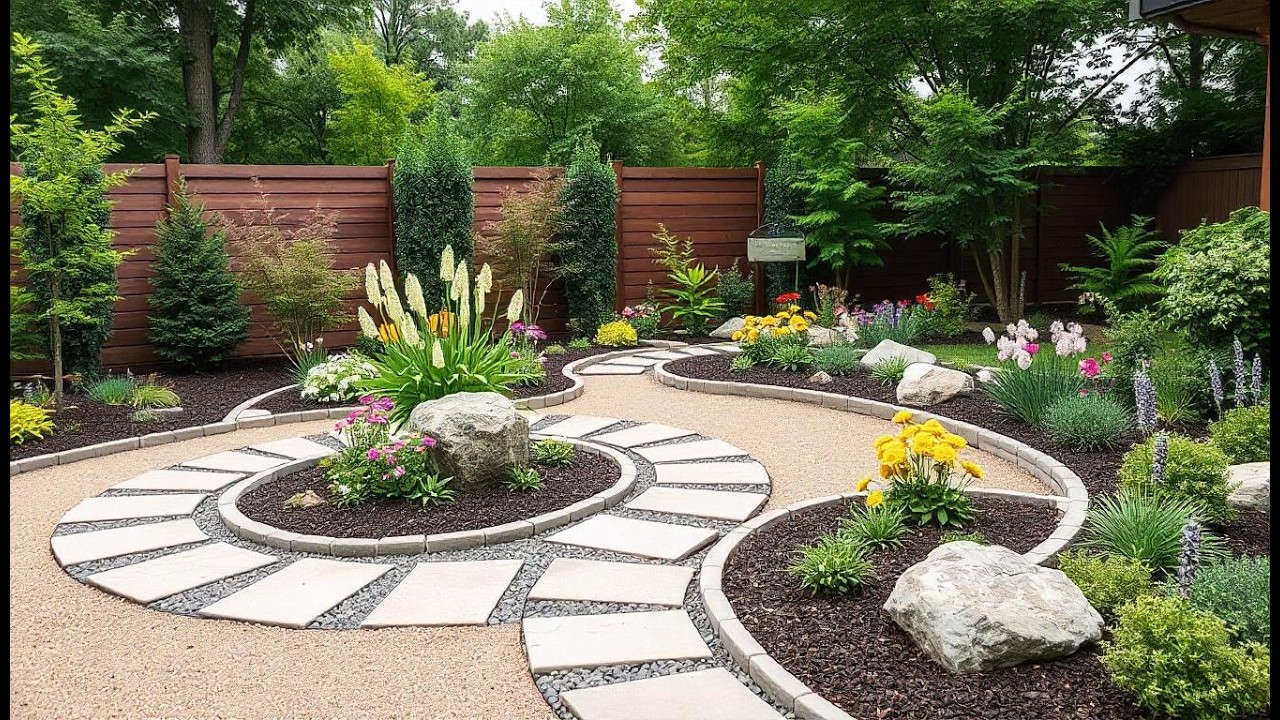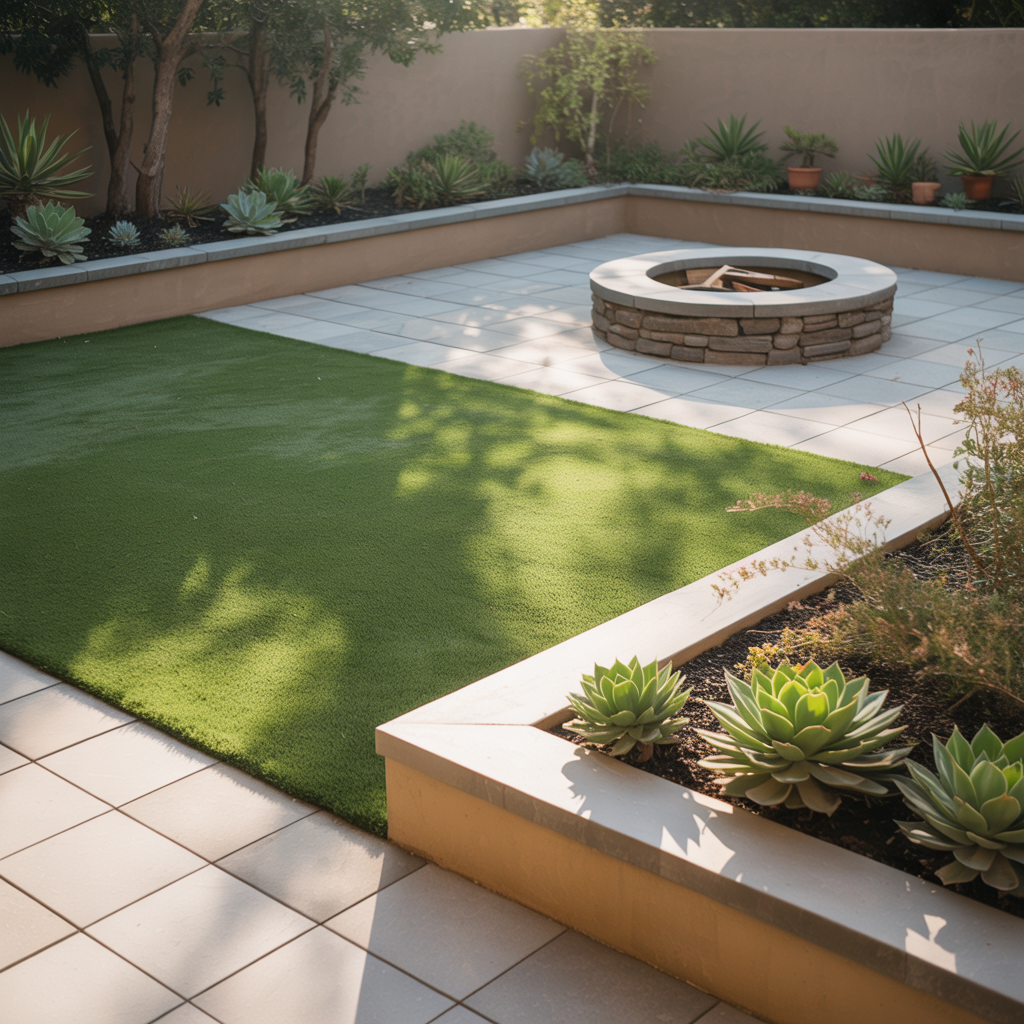Landscape design has advanced by leaps and bounds in the last few decades, mixing form and beauty to create outdoor oases that are as stunning as they are environmentally sound. Residents and commercial property owners are taking advantage of the latest materials and designs that provide maximum impact with minimal maintenance.
From drought-resistant plant life to clever irrigation systems, today’s trends are all about going green. Whether remodeling a backyard retreat or corporate courtyard, the following trends offer ideas for a landscape as functional as it is pretty.
Sustainable and Eco-Friendly Landscaping
Residential landscape design prioritizes sustainability. Homeowners favor environmentally friendly elements, particularly for conserving water. Native landscapes need little or no maintenance and stabilize the ecosystem.
Permeable pavement promotes soil quality and minimizes runoff, and rain gardens capture the storms and provide aesthetics. Artificial lawns save water, remain lush, and are perfect for areas of high use where natural grass falters.
Outdoor Living Spaces as Extensions of the Home
Outdoor areas blend into the home as patios, decks, and kitchens expand the house. Designers utilize weather-resistant outdoor furniture and fire pits for heat. They are multifunctional spaces that incorporate dining, cooking, lounging, and even recreation.
For golf enthusiasts, artificial golf turf can be a fun and practical addition, offering a putting area that’s both stylish and low-maintenance. Awnings and pergolas provide shade, and natural stone and composite decking provide durability and style.
Minimalist and Low-Maintenance Designs

Modern life requires simple landscapes with uncomplicated designs and a few plants. Structured beds and thorny shrubs provide form, and gravel gardens provide texture without needing to water often. For low-fuss foliage, artificial grass can offer a lush and stress-free alternative that integrates nicely into the landscape.
Wildlife-Friendly Gardens
Growing interest in nature has resulted in spaces that welcome pollinators and indigenous wildlife, support biodiversity, and fill the outdoor rooms with vitality and life. Lavender and sunflowers are pollinator plants that welcome the precious pollinators, and bird feeders and baths entice the visiting birds to linger.
More natural ponds not only provide dramatic focal areas but also spaces for frogs, dragonflies, and other beneficial insects to keep the ecosystem in balance.
Bold Hardscaping with Mixed Materials
Hardscaping has emerged as the focal point in landscape architecture, as creative blends of stone, wood, and metal impart shape and grace to the landscape. The textured contrast of juxtaposing polished concrete with weathered, natural stone imparts depth and visual interest.
Pattern work of geometric designs in the path or wall-retaining work imparts a sense of careful attention. In contrast to these complex elements, some use thin strips of faux grass in between pavers for a calming contrast to the feet.
Edible Landscaping for Function and Beauty
Why landscape for beauty when you can harvest fresh food instead? Edible landscaping integrates fruit trees, vegetables, and herbs for aesthetics and productivity. Apple and cherry trees provide shade and beauty, while raised beds contain crops. Walls are converted into herb gardens through vertical gardens, offering form and function.
Dark and Moody Color Schemes
The cheerful days of vibrant landscapes are in the past; today’s designs indulge in richer and more introspective tones that provide a dramatic and sophisticated look. A dark gravel or mulch serves as a dramatic background to the lush burgundy and almost black-leaved plants. This can give depth and contrast to the space. Charcoal or black finishes on contemporary outdoor furniture complete the look, putting a modern twist in any living space.
Conclusion
Today’s trends support the balance of form and function within the landscape so that exterior areas are not only a visual delight but also sustainable and low-maintenance. Nature plays a central role in many designs, and accessory materials like artificial grass have specific purposes—whether for a putting surface, a pet zone, or a high-traffic area.
With these trends as a guide, homeowners can create a landscape that not only looks and functions beautifully but also improves their life and mental health.

